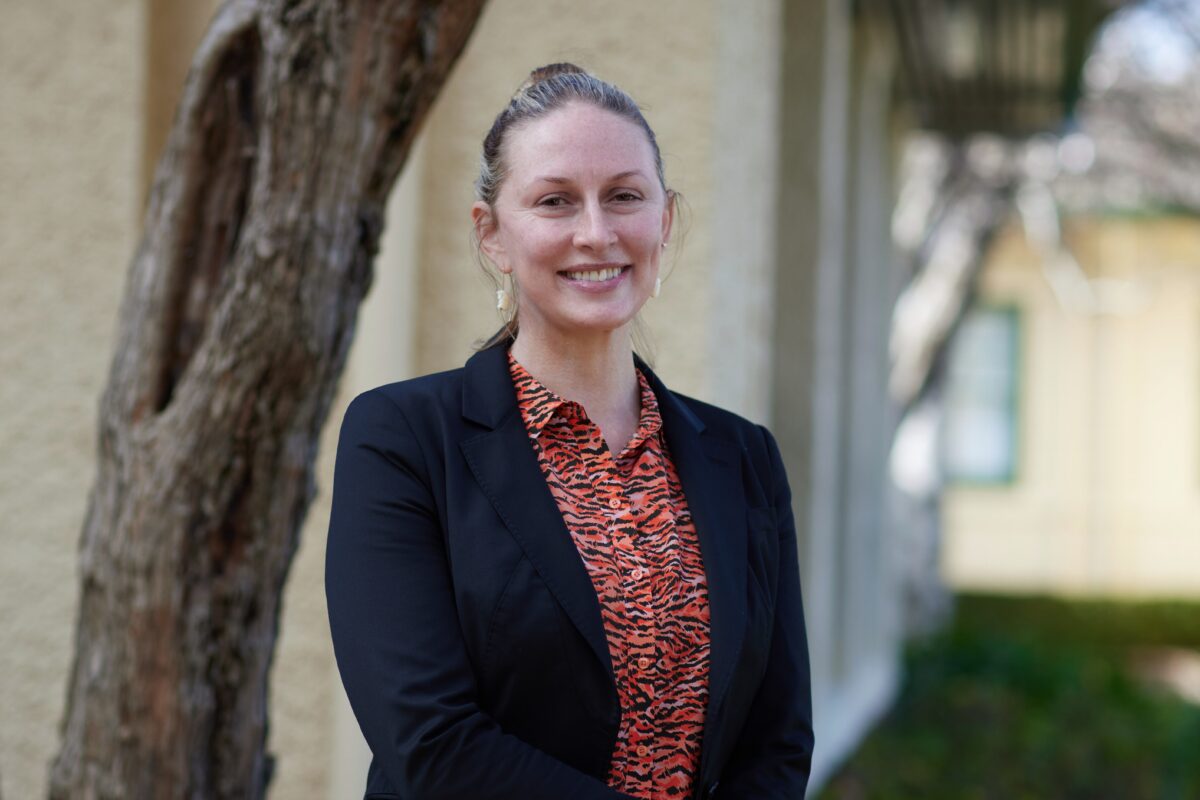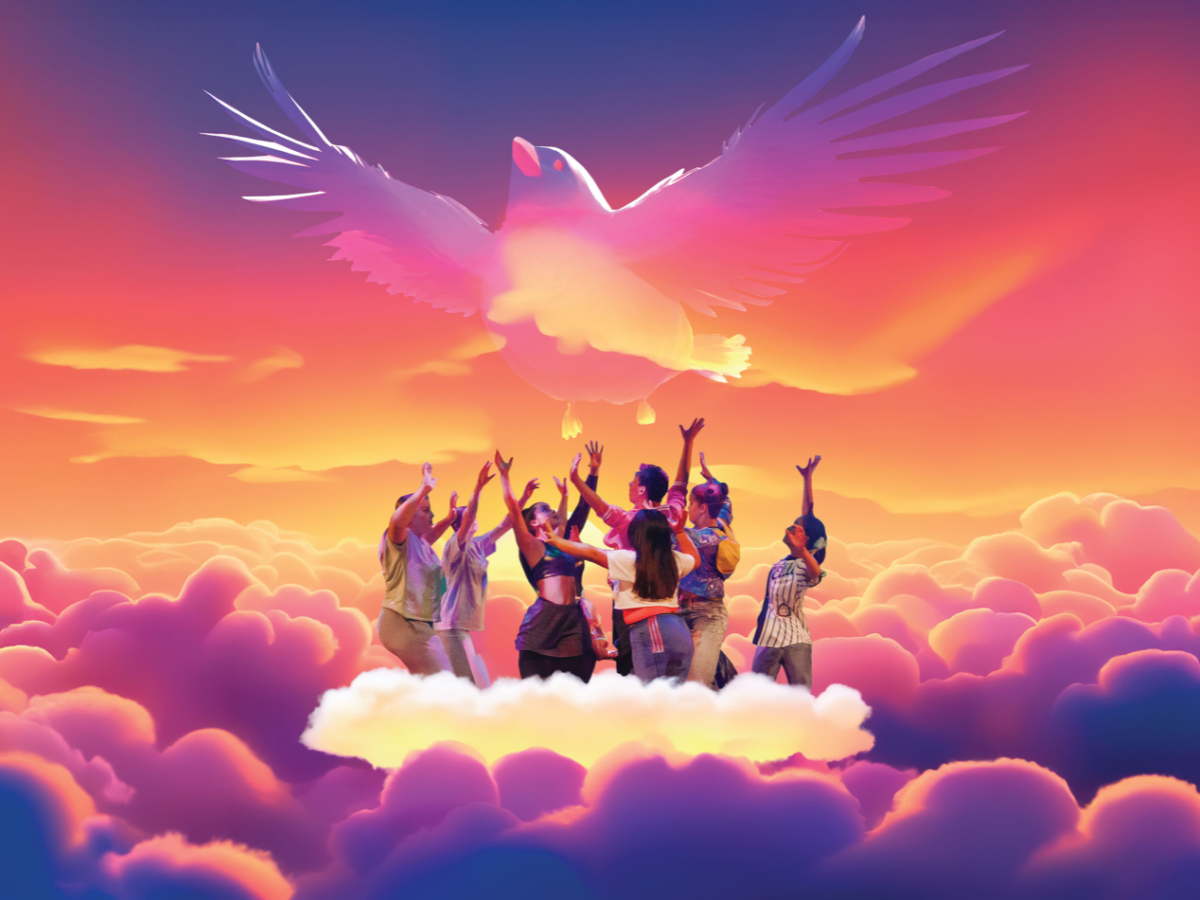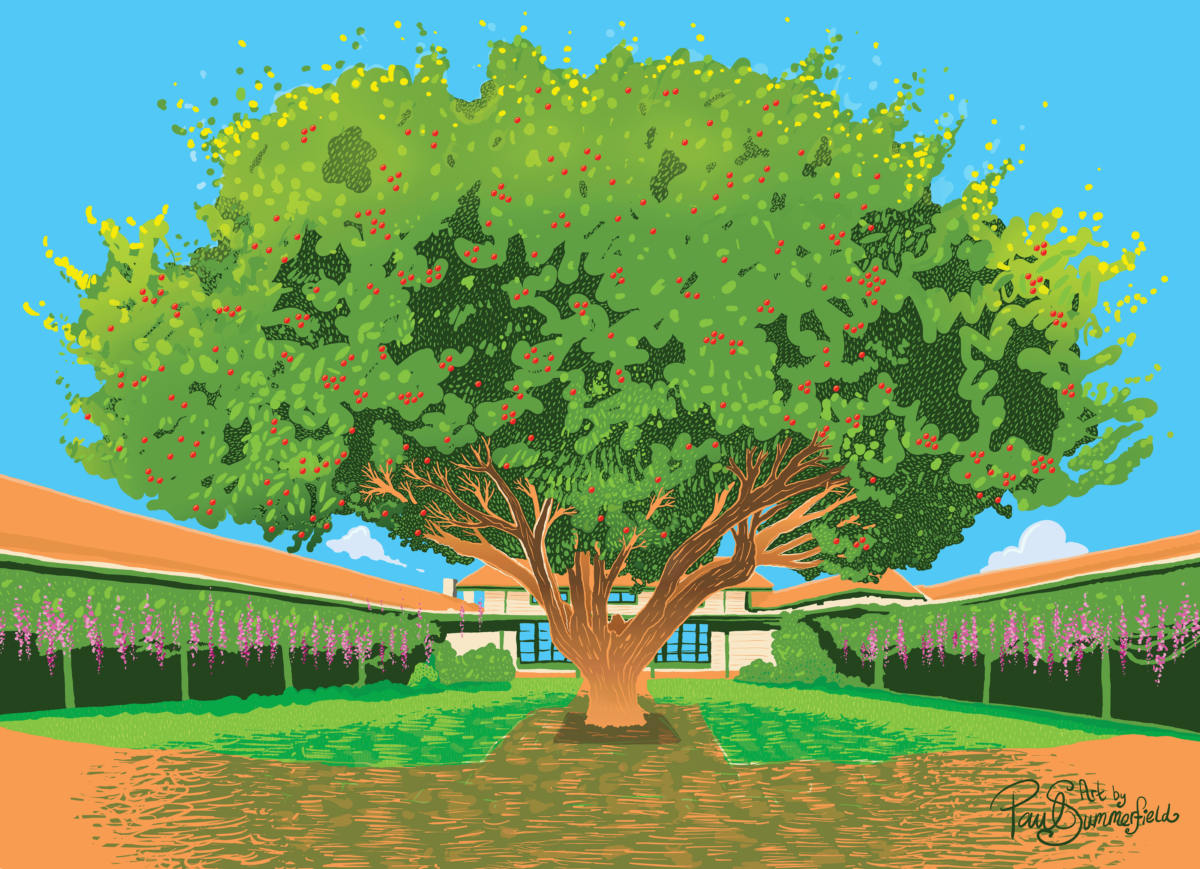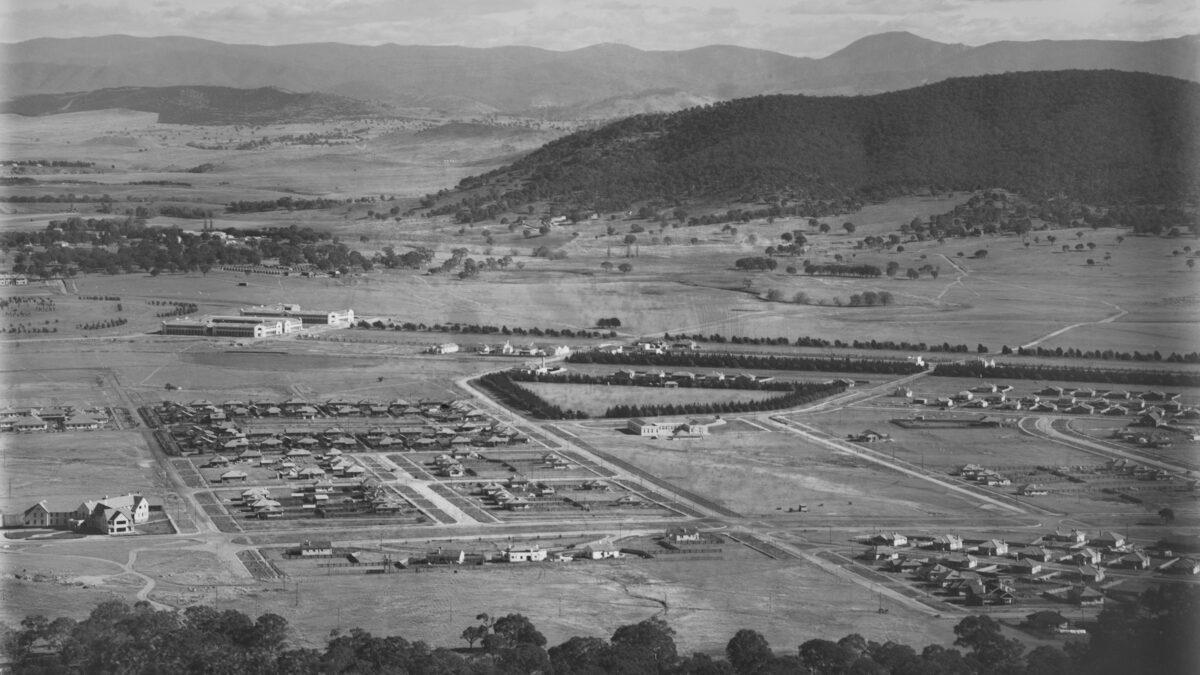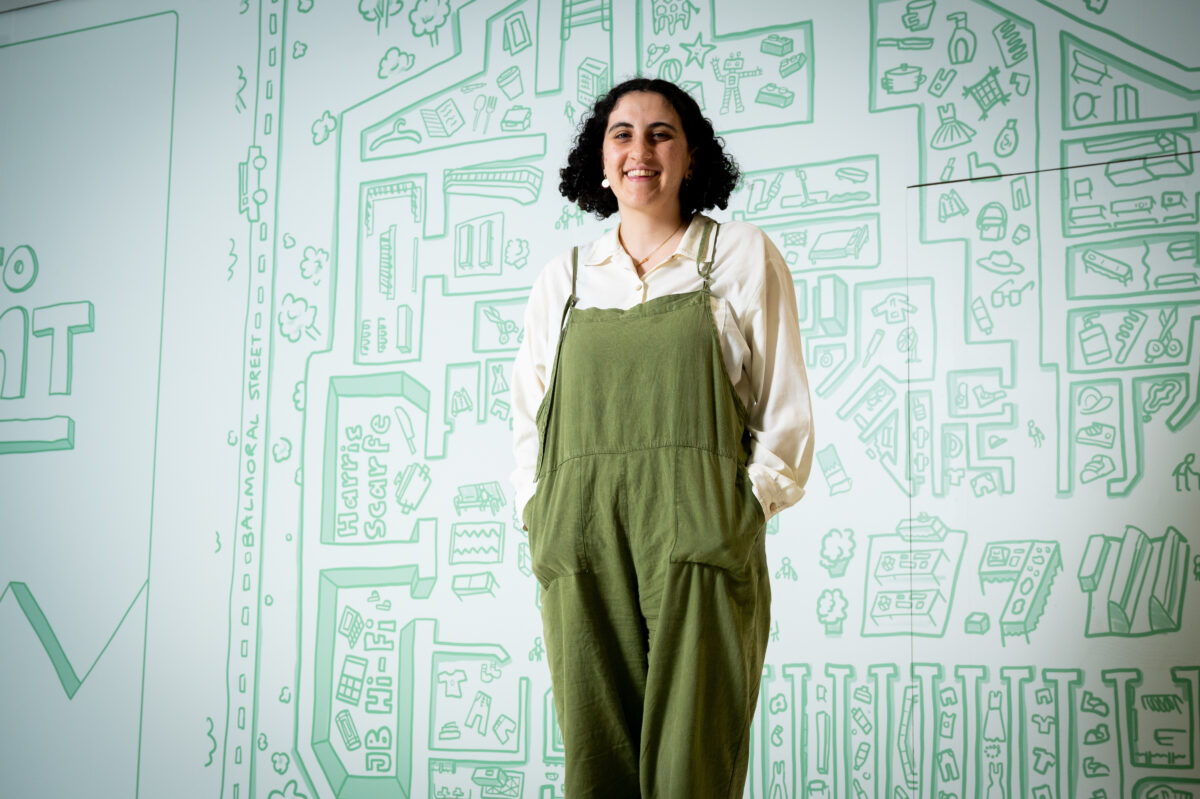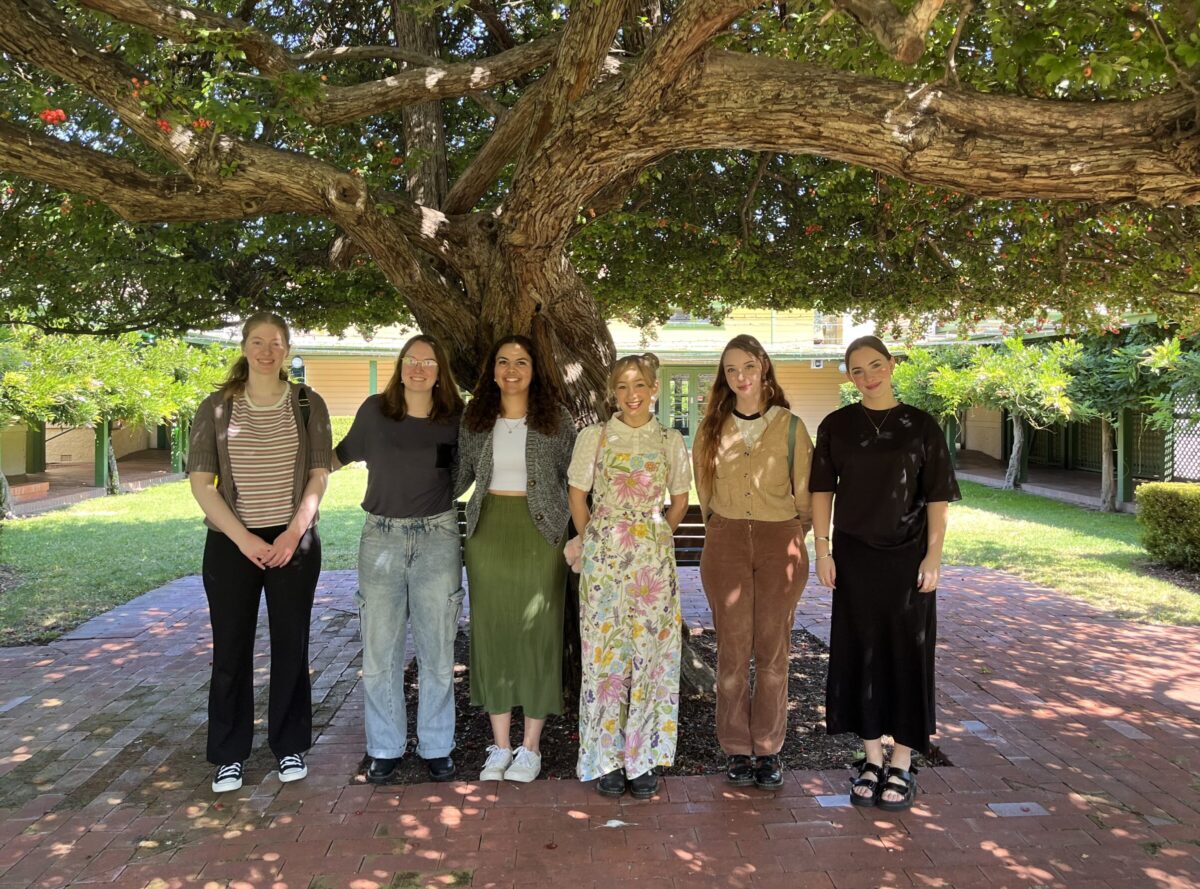Artist in Residence: Leila Frijat
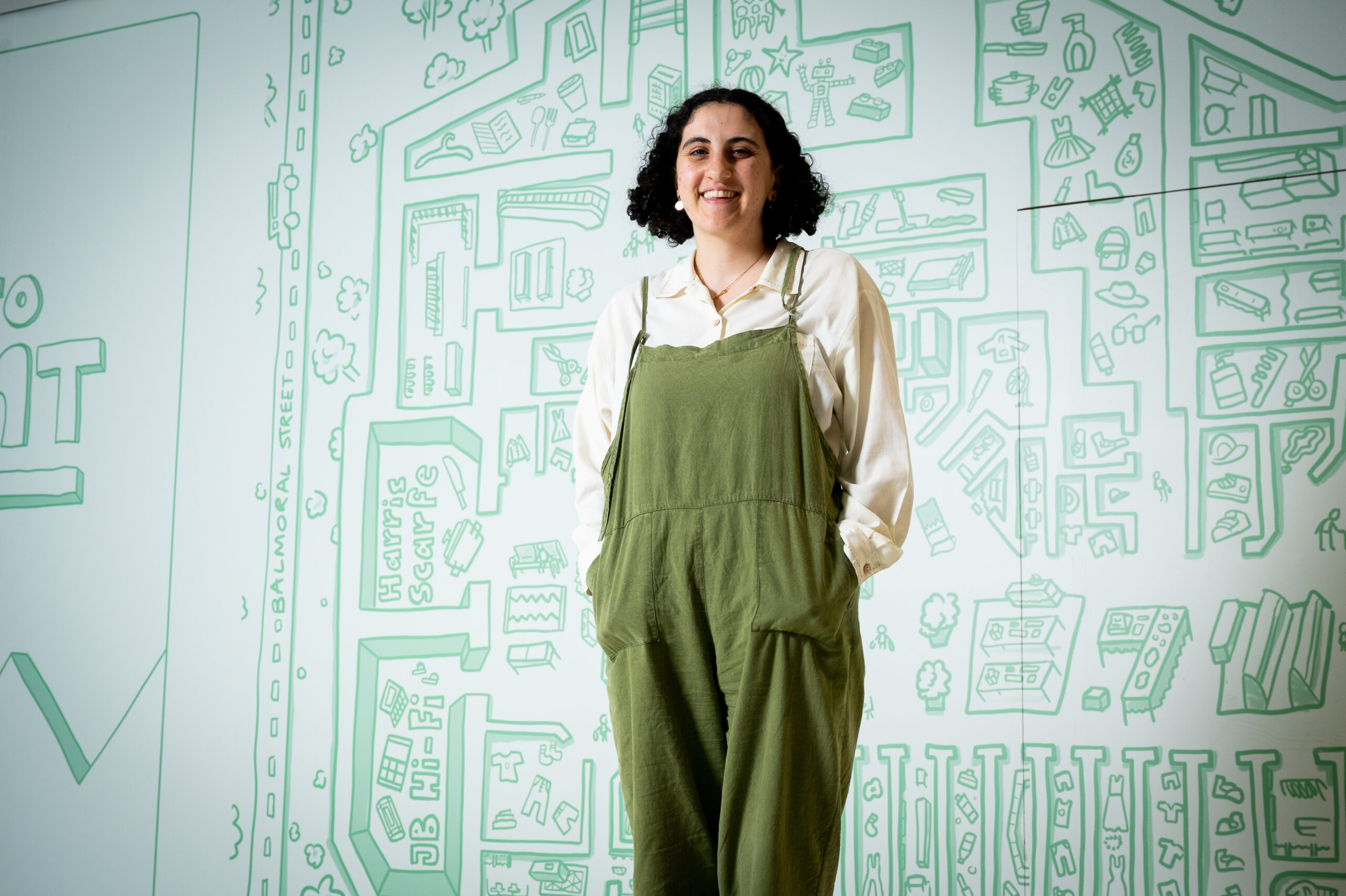

This March, we had the pleasure of hosting illustrator, designer and installation artist Leila Frijat as part of the Summer Artist Residency Program at Gorman Arts Centre.
We interviewed Leila to learn a bit more about her practice and the opportunity to live and develop work on site for three weeks.
I’m also drawn to works that attempt to translate data/information/experience from one medium to another and how art attempts to communicate intangible experience.

Tell us about yourself and your creative practice. What are some of the different mediums and inspirations for your work?
My practice is mostly led by curiosity, whether that is experimenting with new mediums and methods, impossible-to-answer questions, or the desire to make a specific object for no other reason than for it to simply exist. I’m also drawn to works that attempt to translate data/information/experience from one medium to another and how art attempts to communicate intangible experience.
I work across a variety of mediums but mostly gravitate towards illustrations, photography especially cyanotype, interactive installations, and creative coding.
Why did you apply for this residency at Gorman Arts Centre? And how do you envision the environment influencing the development of your project?
I applied for this residency to afford myself with a dedicated time and space to work. It is also a privilege to be surrounded by other fantastic artists and be supported by the Gorman Arts Centre. Without distractions, I hope that I can produce a number of artefacts to share in future and upcoming exhibitions, while I also engage with Canberra’s vibrant arts and cultural scene and other artists here.

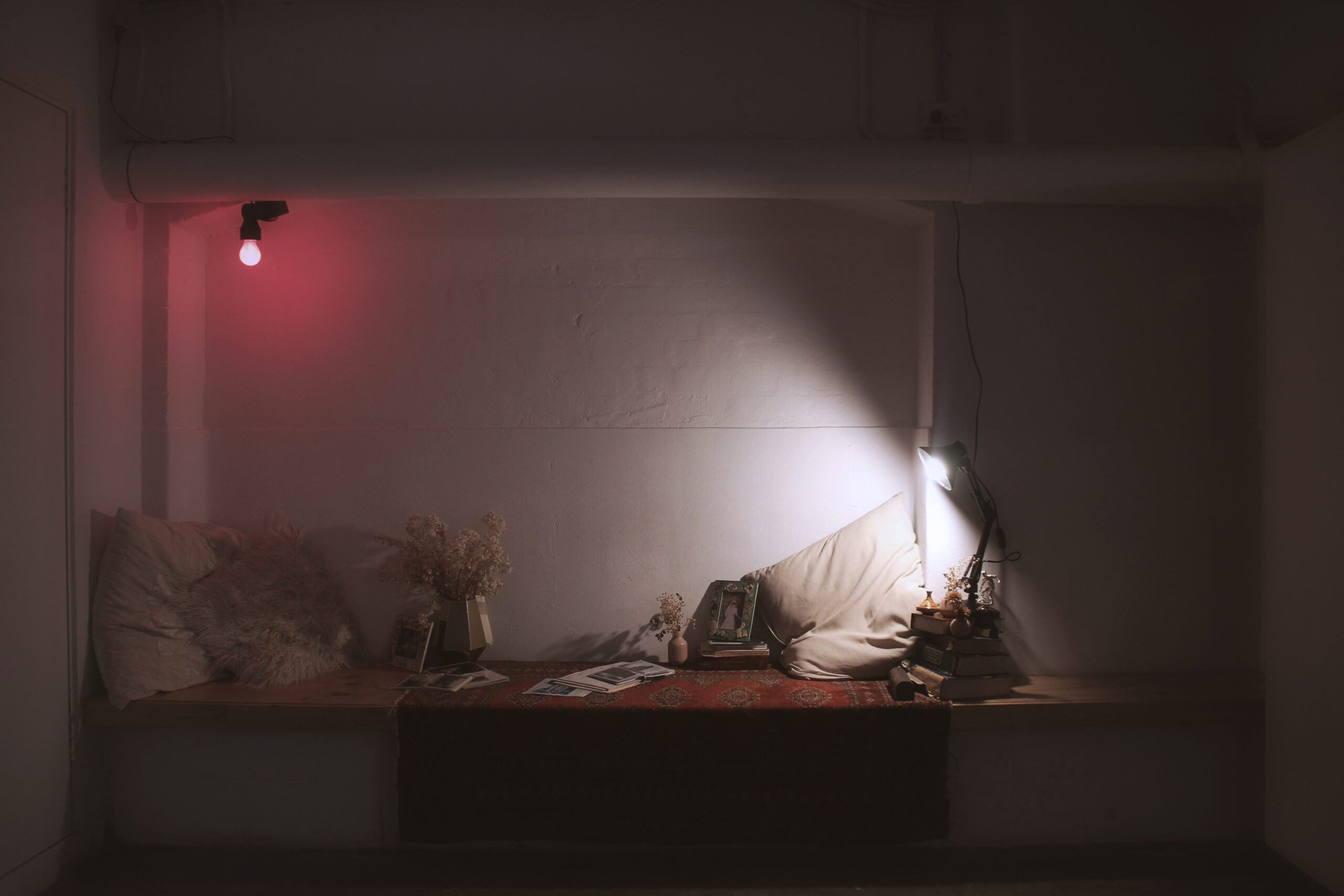
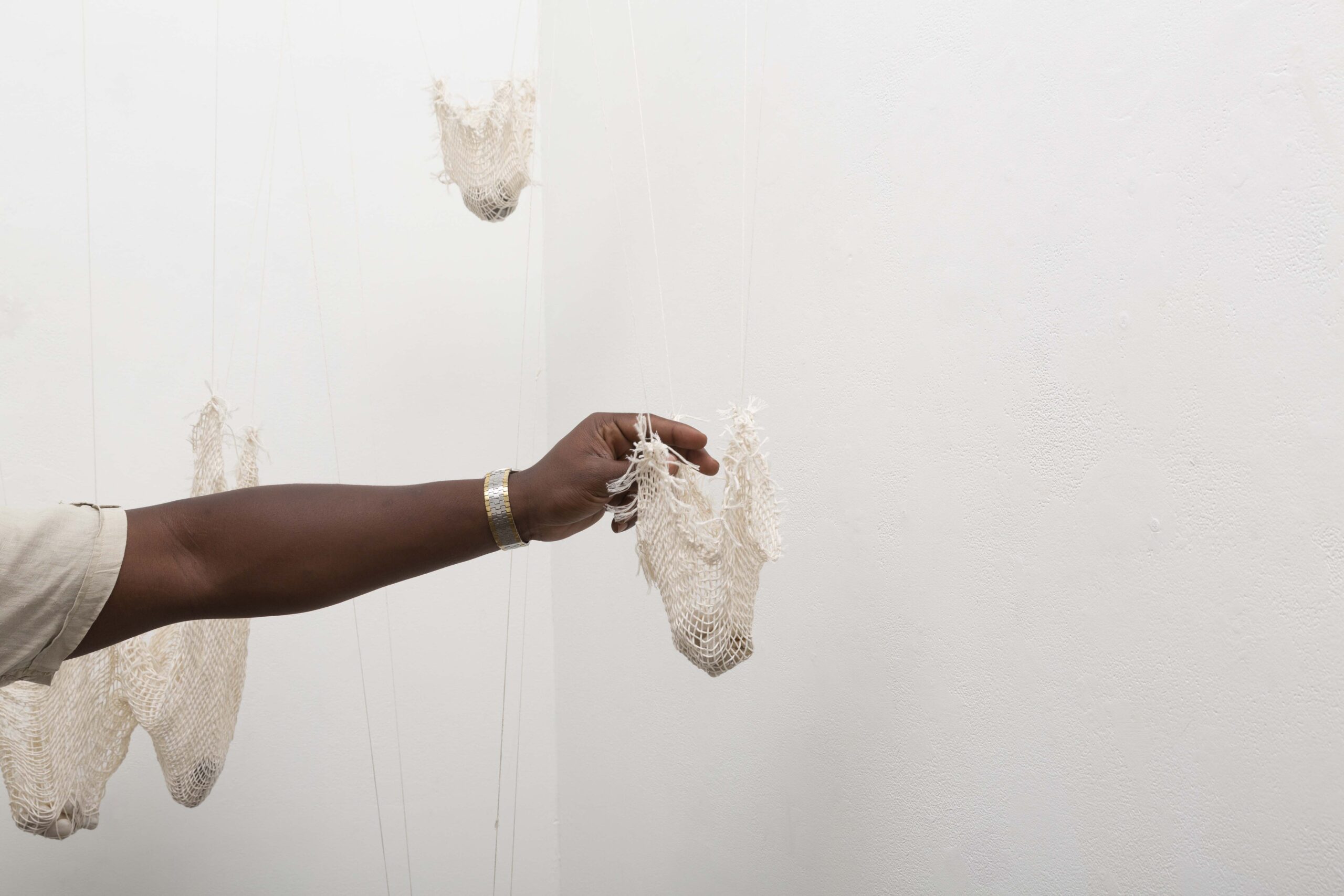

How do you plan to focus your time here at Gorman? Is there a current project you are working towards?
The main project that I am working towards is a prototype of an interactive installation/object currently named the ‘sensory translational device’. I’m interested in exploring how technologies such as sensors could be used to bridge the gaps of our human senses and bring our attention to a wider world that exists around us.
I’m aiming to produce very (very) rough prototypes that capture data from different sensors, then translate this into new outputs. I am also aiming to experiment with different ways to document the artworks/artefacts including drawings, video work, and photographs.
I’ll also be working on an ongoing series of stipple drawings called ‘Roaming’. Stippling helps my mind to dawdle, flowing from one thought to another. When I can maintain that concentration, I’m sometimes left with abstract forms that reveal these ebbs and flows.
Can you tell us about your interactive installations and the use of technology in your work. How does technology influence your creative process?
What I enjoy about creative coding and installation work is that the simplicity of an idea quickly unravels as you work to bring it into existence. I take much of my inspiration starting from one bad, or at least very complex idea, and troubleshooting it until I find myself somewhere entirely new. As I work on the technical aspect of bringing about the work, I also draw in my interests and observations of the world around me.
It’s also exciting to think through the implications of working with technology when creating art. I’m interested in how it may be possible for us to collaborate with technology rather than just simply utilising it as a tool in making art.



In your view, what are the ways that artists can be best supported in the current climate?
I think that there are many ways that we can support artists. Opportunities like this residency, which don’t require material outcomes, can really help to provide opportunity to purely focus on the joy of creating art. It can give your ideas some breathing space and make you feel more confident to iterate and experiment. Inviting audiences to come listen to an artists process and musings about their work is another great way to help artists formalise their practice and interests. Another critical element is supporting artists so that they can continue to create by providing accessible funding and financial support as well as paid opportunities.
Are there any people or places you hope to connect with during your time here in Canberra?
Yes! I’m hoping to engage with Canberra’s maker and makerspace community and some of the Schools at ANU to further develop the work. I’m also excited to connect with the other residents here at Gorman Arts Centre and other Canberra-based artists.
Finally, what’s on the horizon for you? Are there any creative ambitions you wish to share?

Check out more on Leila’s socials!
Website: leilafrijat.com // Instagram: thistle.b
